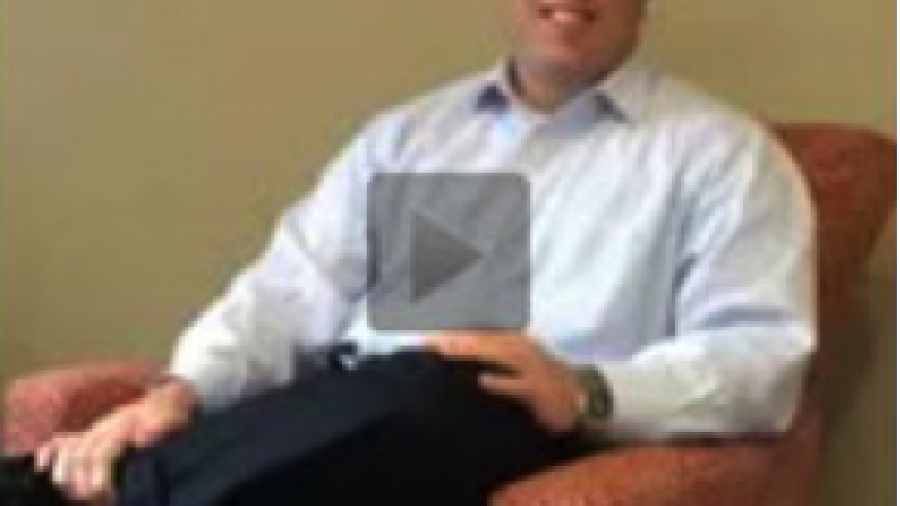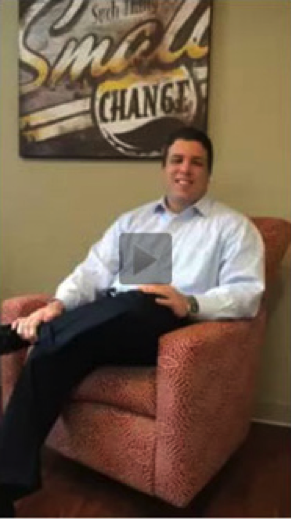On Friday, January 23, 2015, the VA issued proposed new Veterans Administration regulations that would penalize wartime veterans up to ten years for making gifts of assets for less than fair market value. The VA is trying to stop what they perceive as lawyers and financial advisors “taking advantage of veterans” when helping them strategically plan to preserve assets and qualify for the Improved Pension benefit.
The proposed changes in regulations would:
- Establish a 3 year look back for gifts
- Impose penalties for up to 10 years
- Create a bright-line net worth standard of $119,220, which includes annual income
- Deny any expenses related to independent living facilities as care costs
- Require Veterans to sell their home place property if the lot coverage exceeds 2 acres.
 How will this work? When a veteran or widow of a veteran applies for the Improved Pension with Aid and Attendance, the VA will ask if any transfers of assets for less than fair market value have been made in the three years prior to the application. If so, the VA will presume it was for the purpose of meeting the VA eligibility standards.
How will this work? When a veteran or widow of a veteran applies for the Improved Pension with Aid and Attendance, the VA will ask if any transfers of assets for less than fair market value have been made in the three years prior to the application. If so, the VA will presume it was for the purpose of meeting the VA eligibility standards.
Penalized gifts include gifts of money or assets to children or others, establishing estate plans with the use of trusts, and establishing retirement plans through the use of annuities which can provide a life time income stream.
When a gift has been determined to have happened during the look back period, the VA will calculate the penalty by dividing the value of the gift by the claimant’s pension rate with aid and attendance. Each classification of claimant varies, thus, the penalty periods will be different depending on who makes the claim. The pension rates with aid and attendance are as follows:
(1) Married veteran = $2,120
(2) Single veteran = $1,788
(3) Widow = $1,149
Thus, if a married veteran gives away $15,000 and a widow gives away $15,000, the widow is penalized almost double that of the veteran. (Married veteran $15,000 divided by $2,120 = 7 month penalty; widow $15,000 divided by $1,149 = 13 month penalty.)
Also, because the “net worth” standard will include income, high income earners will be allowed to have low to no savings for emergency items; whereas, very low income earners will be permitted to keep much more in savings. Because of the strict ruling on how the VA plans to define “medical care,” veterans who have dementia, Alzheimer’s Disease or other degenerative diseases and live in independent living facilities because they no longer drive and need a safe environment in which to live, will not be eligible for the benefits because they may not yet the hands on care for bathing, dressing, eating, toileting or transferring (ADLs). Although they are unsafe to live at home due to their health care condition of cognitive decline, the VA refuses to consider any expenses of care for a facility as deductible from the claimant’s income unless the claimant needs assistance with no less than 2 ADLs.
Between 2012 and 2014, Congress introduced two different bills, each imposing a three year look back penalty. Both bills were died. Nevertheless, the VA is moving forward on their own to create the look back and penalties. These changes will not only hurt wartime veterans, specifically WWII and Korean war vets, but it will further exacerbate the enormous claims back logs that already exist.
To fight this from happening, everyone who cares about a veteran must respond. Public comments must be received no later than March 24, 2015 and can be sent through http://www.regulations.gov or by mail or hand-delivery to: Director, Regulation Policy and Management (02REG), Department of Veterans Affairs, 810 Vermont Ave. NW., Room 1068, Washington, DC 20420; or by fax to (202) 273-9026. Comments must include that they are in response to “RIN 2900-AO73, Net Worth, Asset Transfers, and Income Exclusions for Needs-Based Benefits.”
Victoria L. Collier, Veteran of the United States Air Force, 1989-1995 and United States Army Reserves, 2001-2004. Victoria is a Certified Elder Law Attorney through the National Elder Law Foundation, Author of 47 Secret Veterans Benefits for Seniors, Author of Paying for Long Term Care: Financial Help for Wartime Veterans: The VA Aid & Attendance Benefit, Founder of The Elder & Disability Law Firm of Victoria L. Collier, PC, Co-Founder of Lawyers for Wartime Veterans, Co-Founder of Veterans Advocate Group of America.
If are in the Charlotte NC, area, or will be attending our Practice With Purpose Program or our Tri Annual Practice Enhancement Retreat, consider joining Victoria for her Specialty Program on Wednesday, February 4th, and get your initial VA Accreditation through the VA. If you provide legal advice to Veterans about specific VA claims, to include drafting asset protection trusts for VA Benefit qualifications, you MUST be accredited by the VA. Contact Molly Hall at mhall@lawyerswithpurpose.com for registration information.
** Before attending this course, you must have submitted an Application for Accreditation, VA Form 21a, to the Office of General Counsel and received approval.











